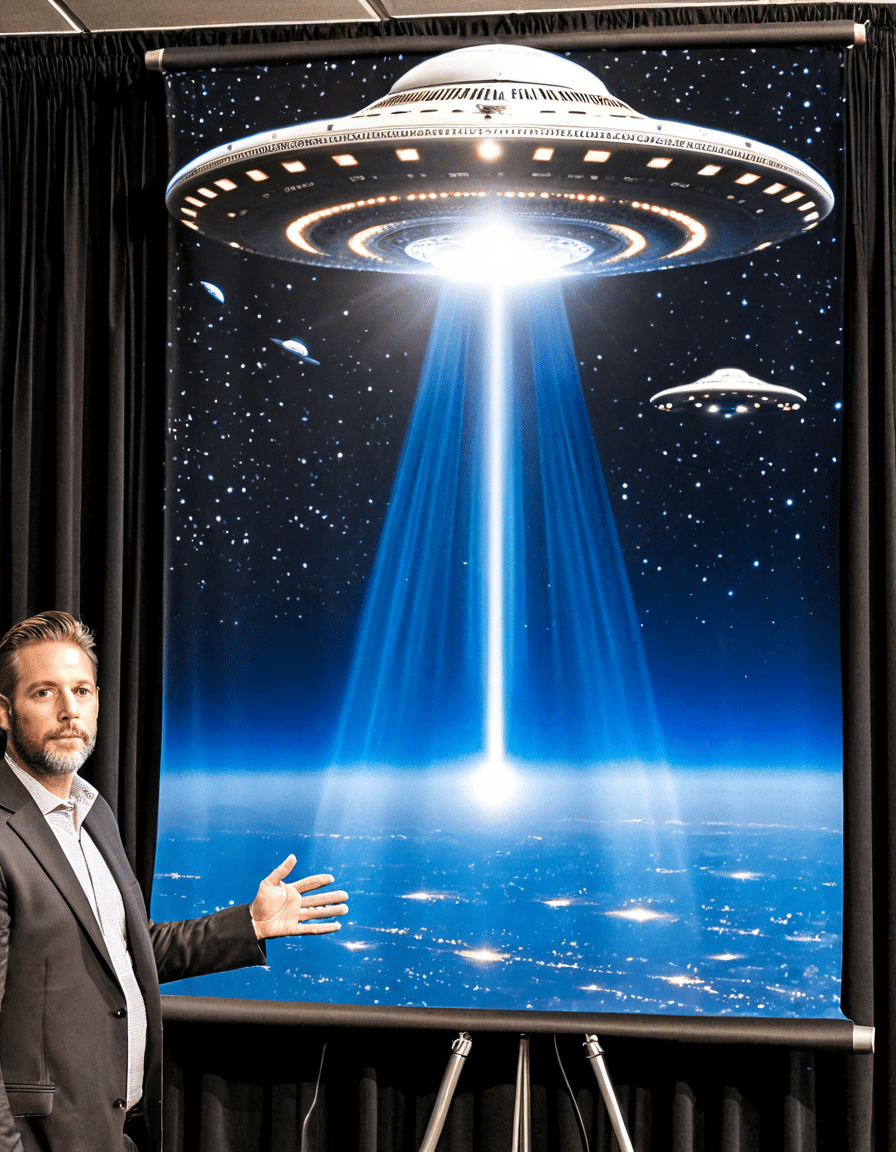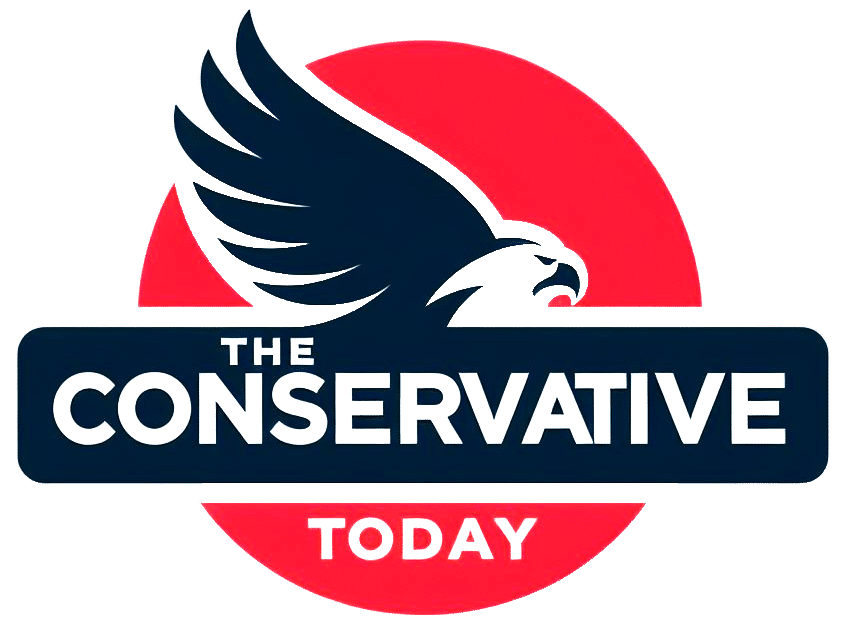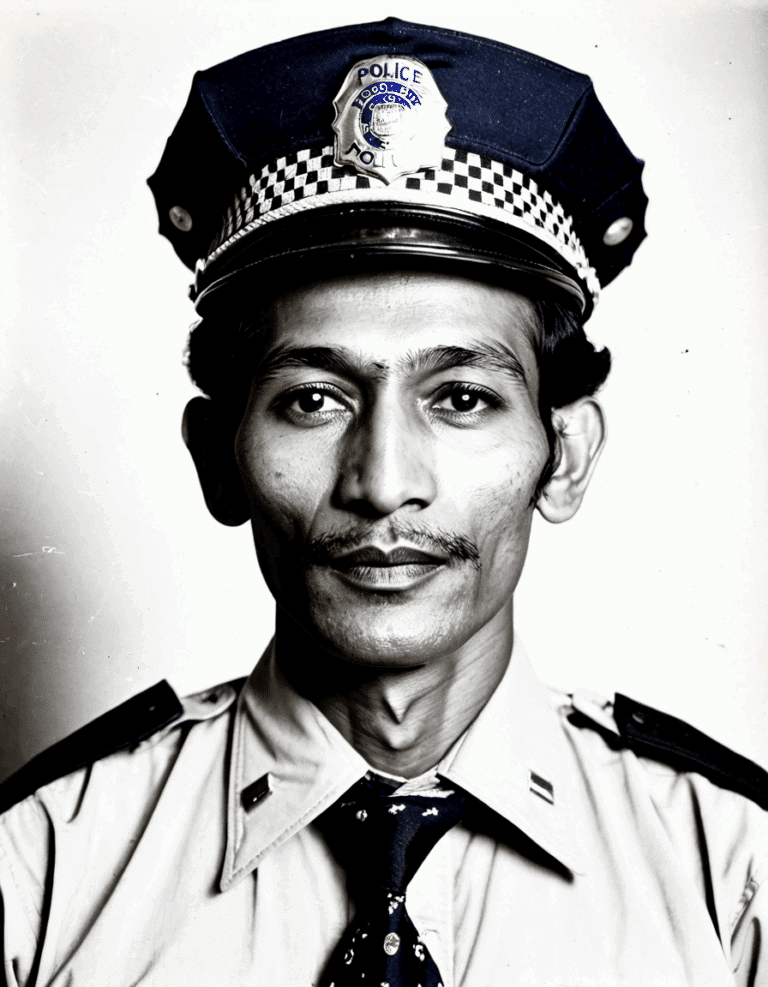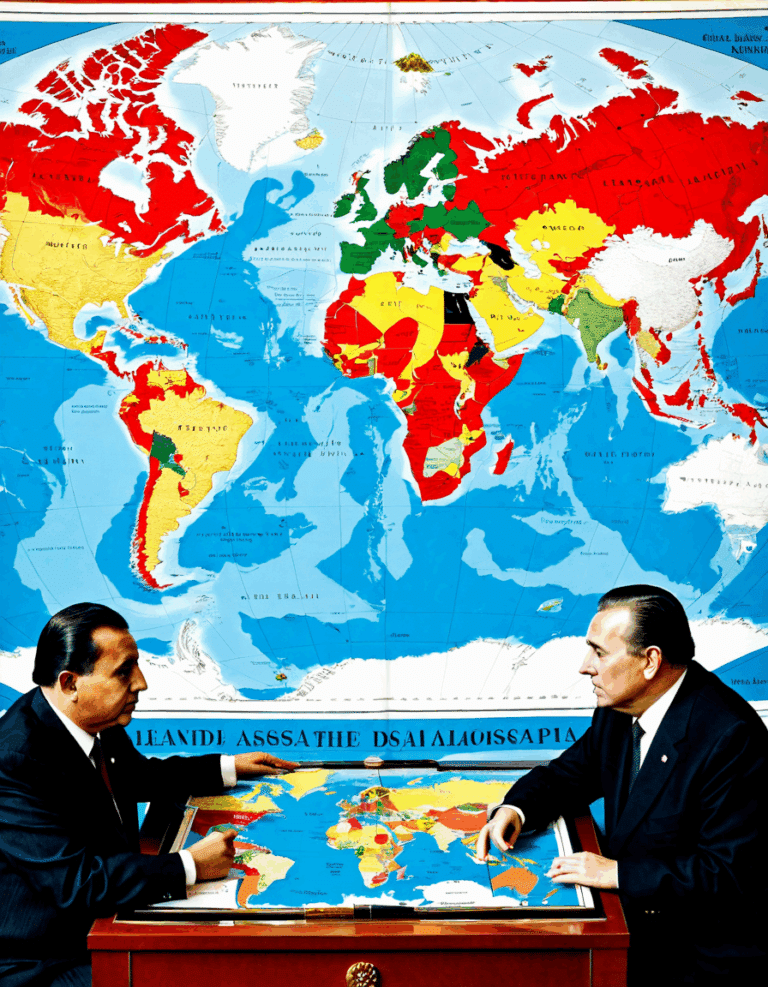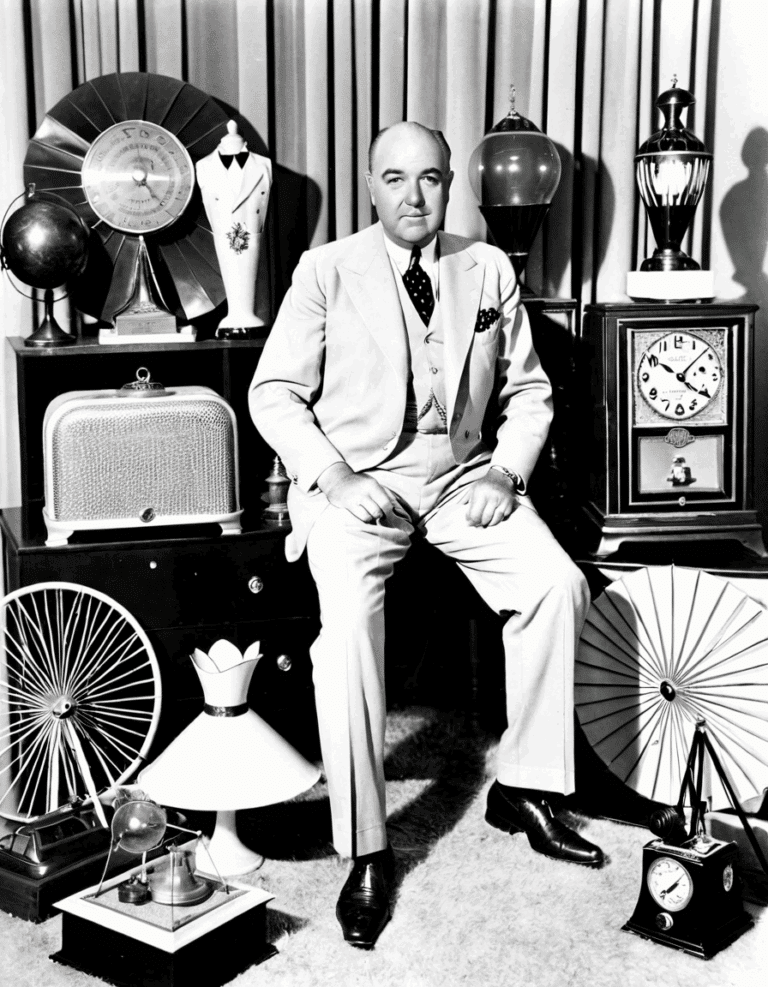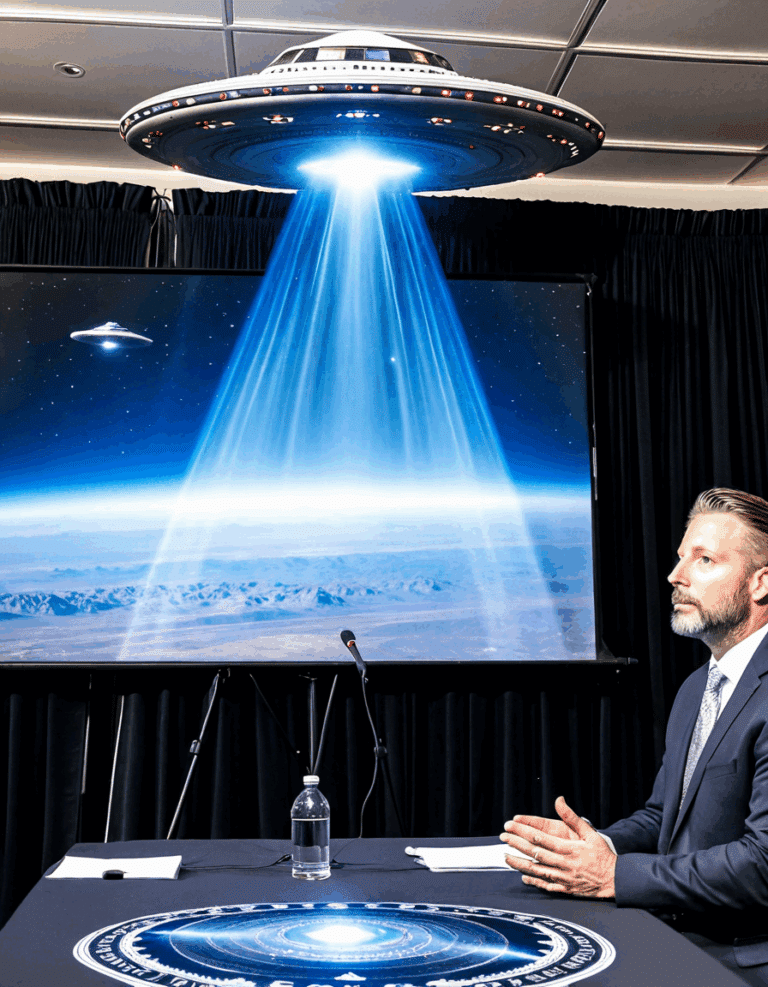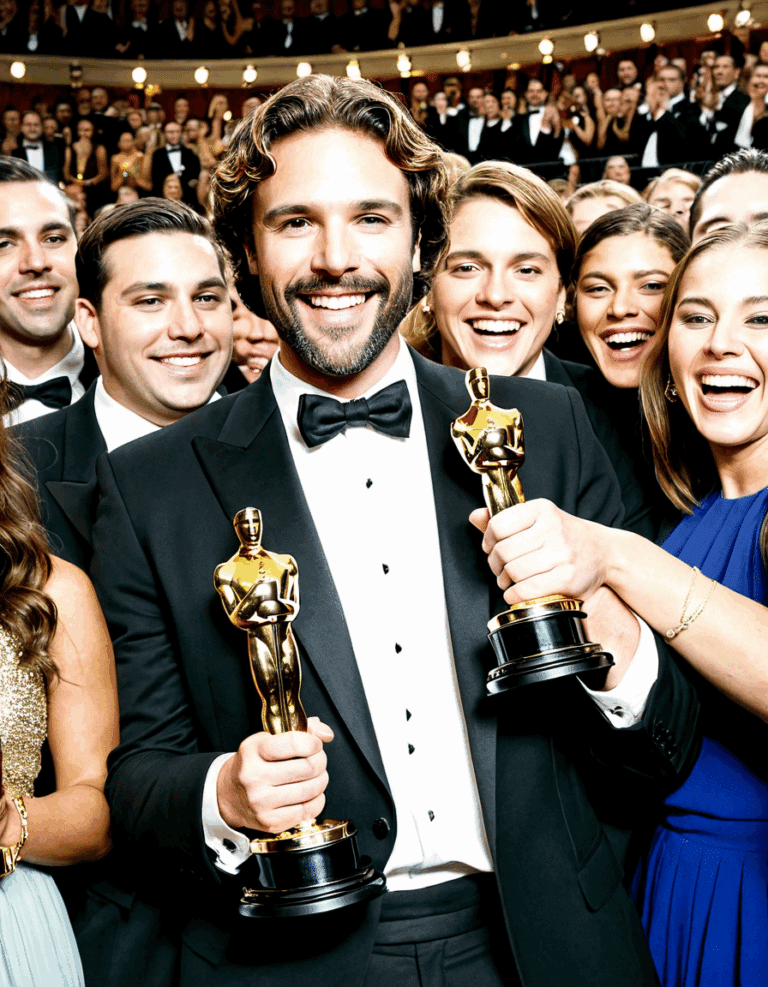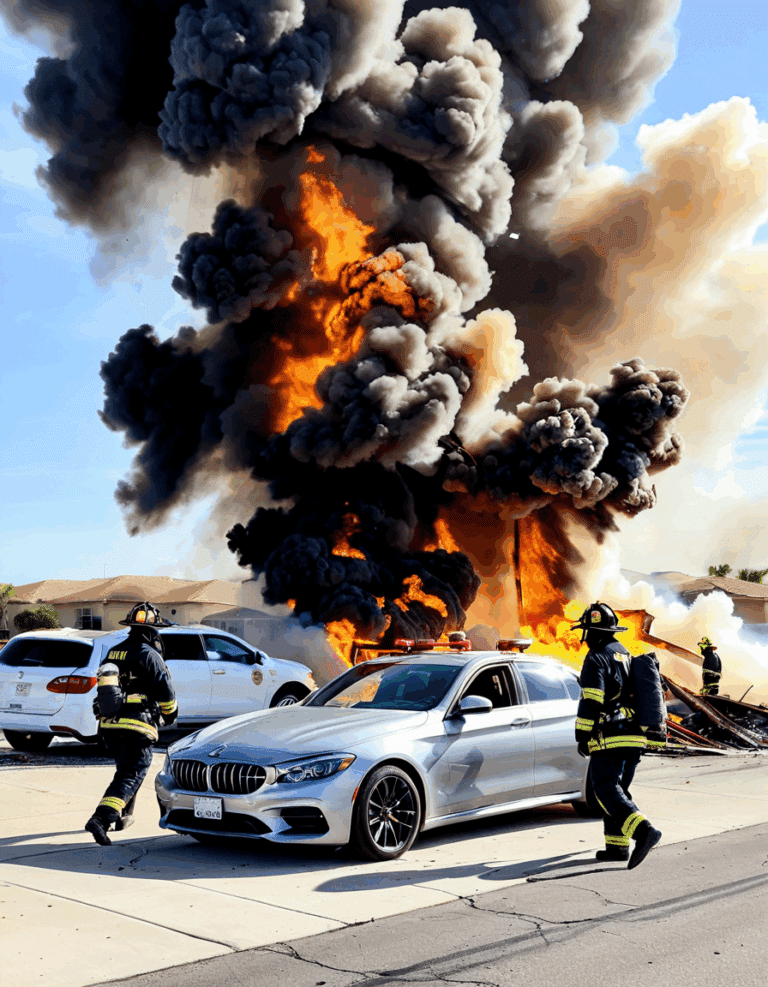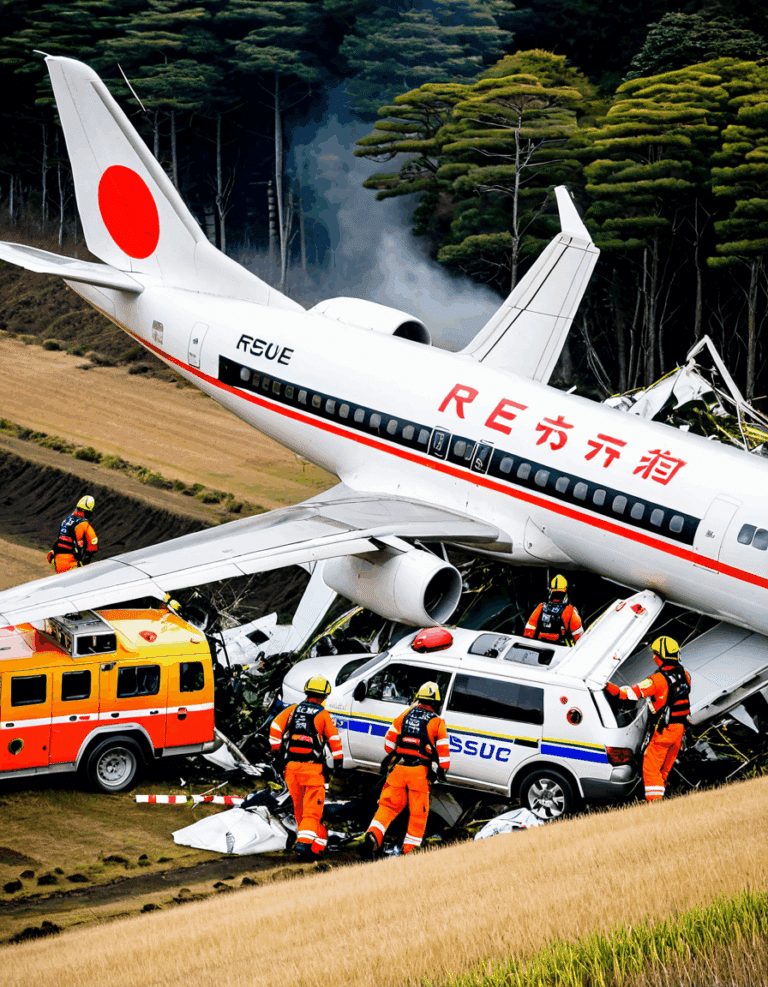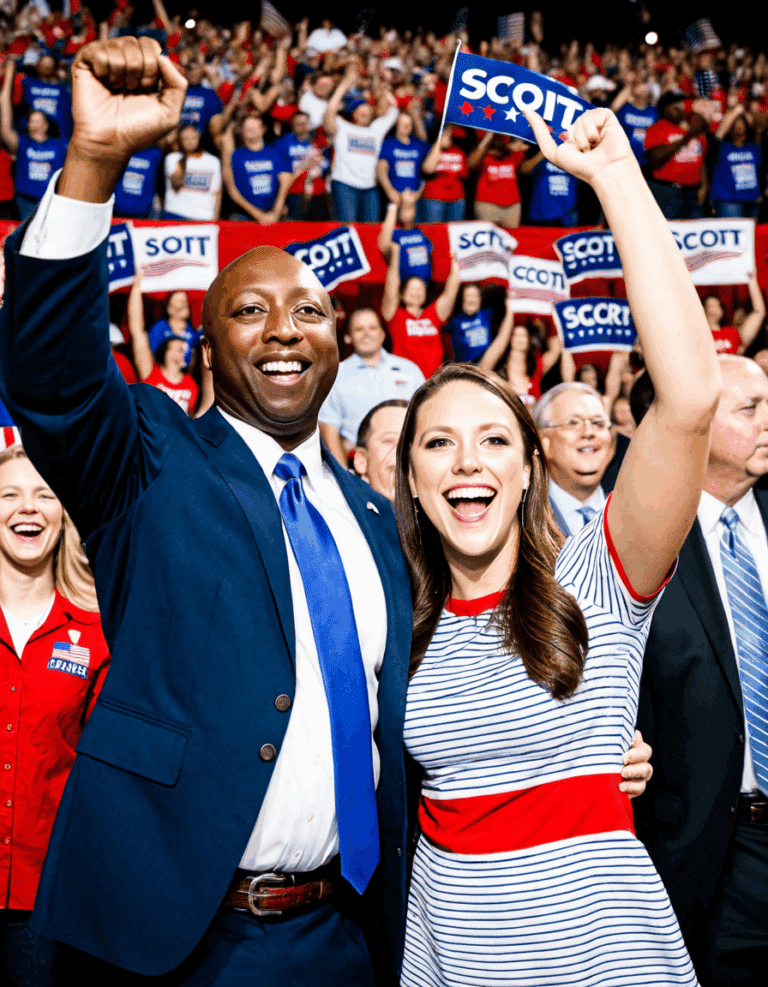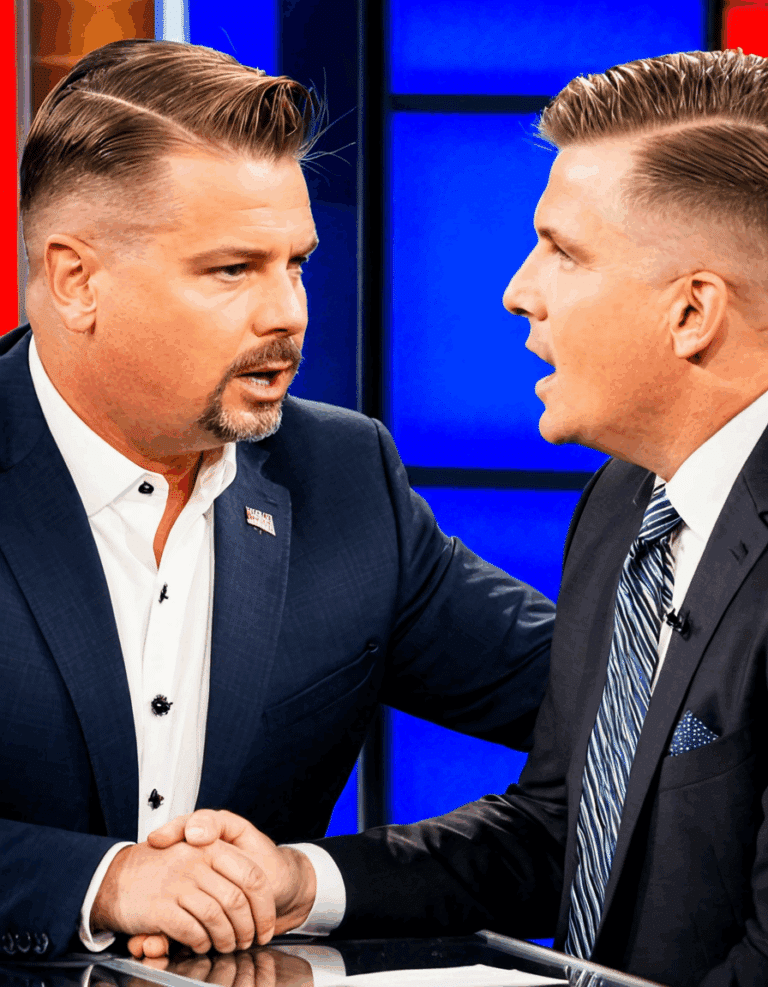In the ongoing journey to understand the unknown, Jeremy Corbell stands out as a pivotal figure. Known for his unwavering pursuit of UFO transparency, he brings the unexplained phenomena into sharper focus through documentaries and investigative work. Corbell challenges us to rethink our perceptions of aerial encounters and the government’s role in addressing these mysteries. This quest is more than simply uncovering incredible secrets; it has profound implications for national security and our understanding of the universe.
His recent investigations have garnered attention not only for their content but also for the citizens’ thirst for accountability—especially from a government that has historically downplayed such strange occurrences. As the public becomes increasingly aware of UFO sightings and government responses, Corbell’s narrative beckons a sophisticated discussion about what this means for ordinary citizens, especially conservatives eager to reclaim a grounded dialogue on science and truth.
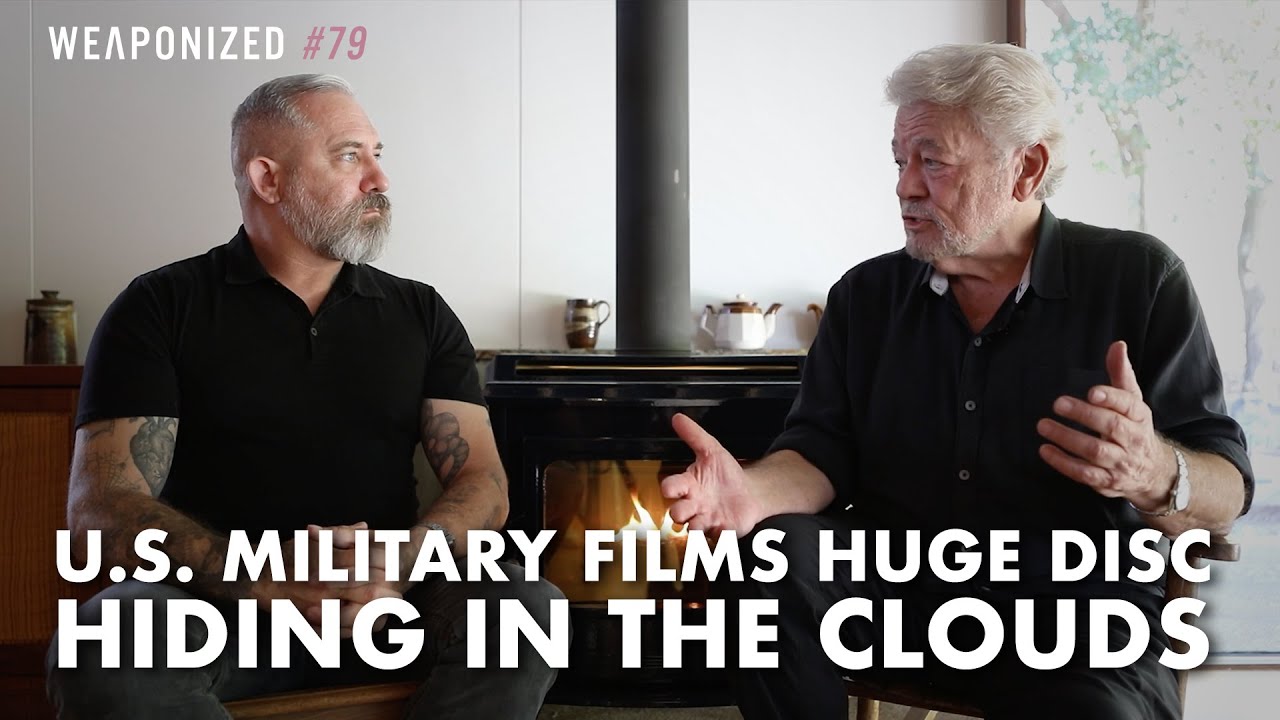
7 Key Investigations by Jeremy Corbell Into UFO Secrets
The GoFast video is a notable example of Corbell’s work. This footage exhibits an unidentified object zipping across the sky at extraordinary speeds, raising crucial questions about technology. When military officials corroborate the authenticity of the footage, it highlights the urgent need for transparency regarding potential threats to national security. The implications are immense—what if these are technologies far beyond our current understanding, leading us to question who might be operating them?
Corbell dives deep into another fascinating case, the Tic Tac UFO incident involving naval pilots off California’s coast. By meticulously piecing together eyewitness accounts from pilots and radar operators, he reveals unsettling patterns that hint at a broader, systematic phenomenon. These aren’t isolated incidents but clues suggesting a specific acknowledgment of these encounters within military circles, pointing to something bigger that demands our attention.
In a striking move for transparency, Jeremy Corbell engages with military insiders who share their profound concerns about Unidentified Aerial Phenomena (UAP). Individuals such as Peter Laviolette lend their voices to illuminate the bureaucratic shadows that often obscure the truth. Corbell’s investigations push for critical discussions, highlighting the pressure government entities face to disclose information that impacts public safety and understanding.
One of Corbell’s standout contributions revisits the notorious Bob Lazar saga. Through interviews with individuals connected to Lazar and Area 51, Corbell raises the discourse surrounding alleged government secrets and advanced technologies. By examining these narratives with fresh evidence, he keeps the dialogue alive about what the government may really know regarding alien craft and technology.
Corbell amplifies the crucial testimonies of whistleblowers like Brian Laundrie. These brave individuals risk everything to expose government secrecy about UFOs, shining a light on ethical dilemmas faced by those revealing classified information. He delves into the motivations and fears these whistleblowers experience, urging us to think critically about which truths we might still be kept in the dark about.
Jeremy Corbell engages experts such as Teresa Weatherspoon and Jordan Turpin, advocating for increased public dialogue surrounding UFO phenomena. They recognize that the future hinges on transparency, encouraging stakeholders from military, scientific, and civilian backgrounds to cooperate. In laying out this roadmap, their discussions envision a society where hard evidence drives understanding and exploration of the unknown.
Corbell deftly explores the political implications of UFO investigations, touching on figures like Anthony Rendon who influence legislation and government initiatives regarding UAPs. His work shows how legislative decisions can impact funding and focus on research, ultimately shaping public perception of these phenomena. This intersection of politics and science isn’t just fascinating; it’s fundamental to how society processes new and challenging ideas.
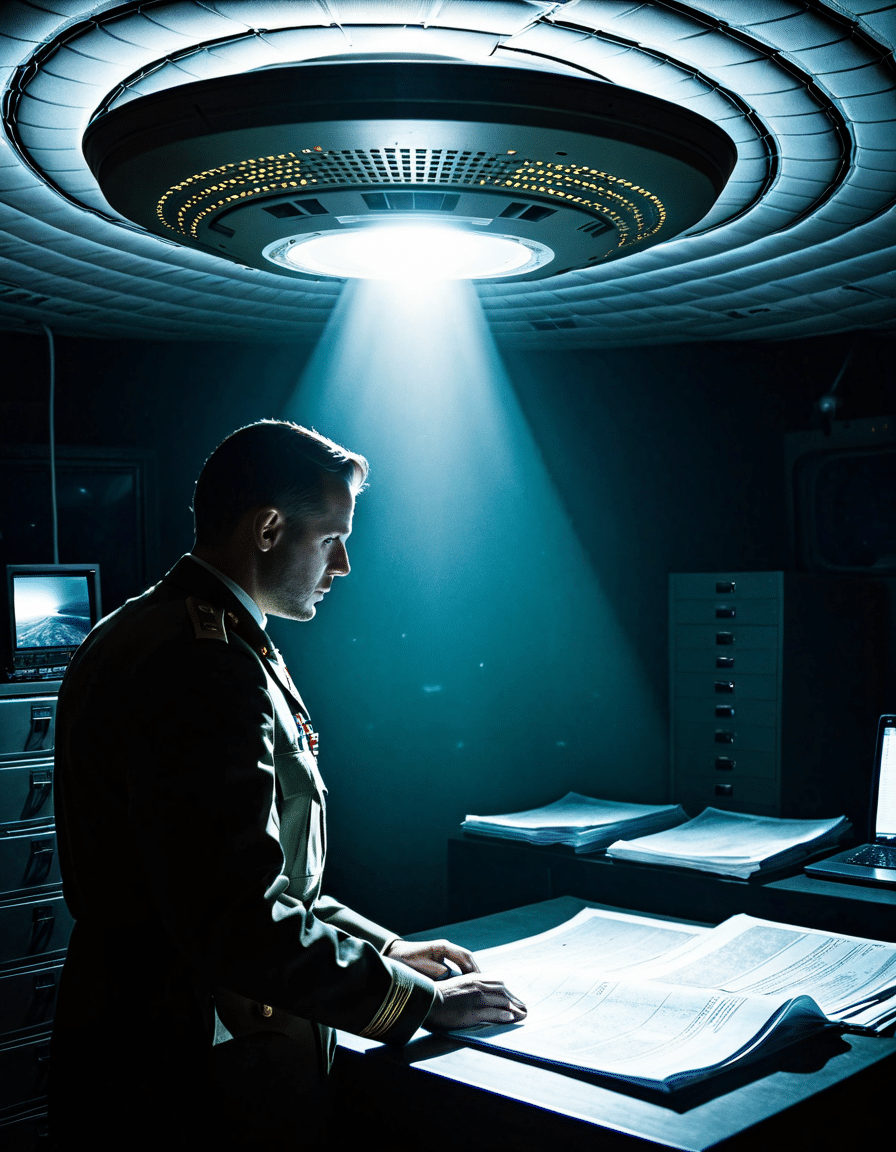
The Broader Implications of Corbell’s Work
Jeremy Corbell’s work marks a significant shift in how we perceive UFOs and the potential for extraordinary implications. His investigations suggest we’re transitioning from ridicule to a serious exploration of the unknown—prompting the scientific community and ordinary citizens alike to demand accountability. This interest underscores a broader consensus: UFO phenomena deserve scrutiny that transcends partisan politics.
As whistleblower accounts and expert insights converge, the call for cooperation among both political parties grows louder. Only through a commitment to transparency can we hope to demystify these phenomena. Corbell’s approach reminds us of conservative values: seeking out the truth, questioning authority, and reinstating faith in the power of inquiry.
In a time when the discourse about science and technology feels muddied by partisan agendas, Jeremy Corbell stands as a beacon of clarity. By fostering discussions grounded in evidence and credible research, he paves the way toward an era where the skies might reveal secrets long kept. As we inch closer to comprehending what lies beyond our world, we must remain vigilant and proactive in pursuing the truths that could alter humanity’s understanding of its place in the cosmos. The exploration of UFOs isn’t just a fleeting trend—it’s part of our quest to make sense of everything around us, including our values, beliefs, and the unyielding pursuit of knowledge.
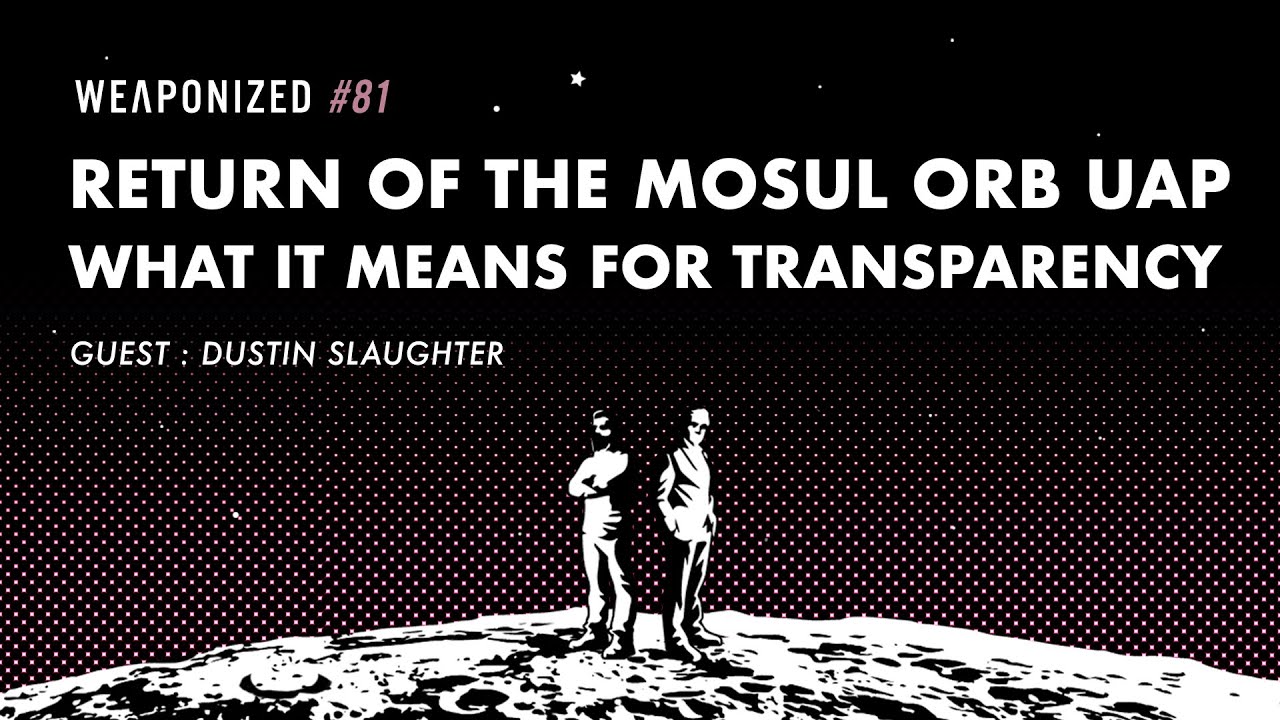
Jeremy Corbell: The Man Behind the Camera and the Mysteries
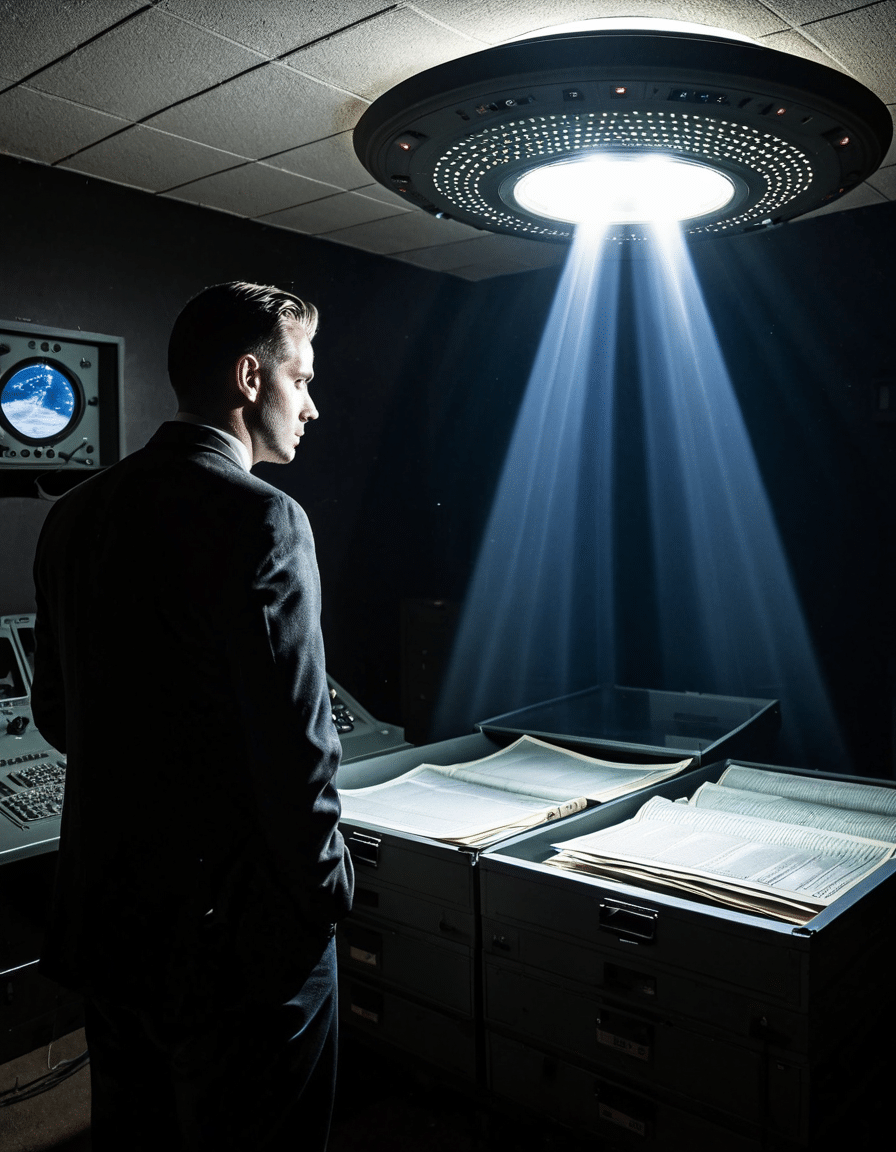
A Trailblazer in UFO Investigations
Jeremy Corbell isn’t just your run-of-the-mill filmmaker. He’s taken the plunge into the unknown, exploring the enigmatic world of UFOs. One interesting tidbit? His passion for the extraordinary parallels that of legendary athletes. Take, for example, Tom Glavine, the famous pitcher, whose tenacity in baseball is akin to Corbell’s relentless pursuit of the truth about unidentified aerial phenomena. Just like Glavine worked tirelessly on the mound, Corbell dives deep into the mysteries that have perplexed humankind for decades.
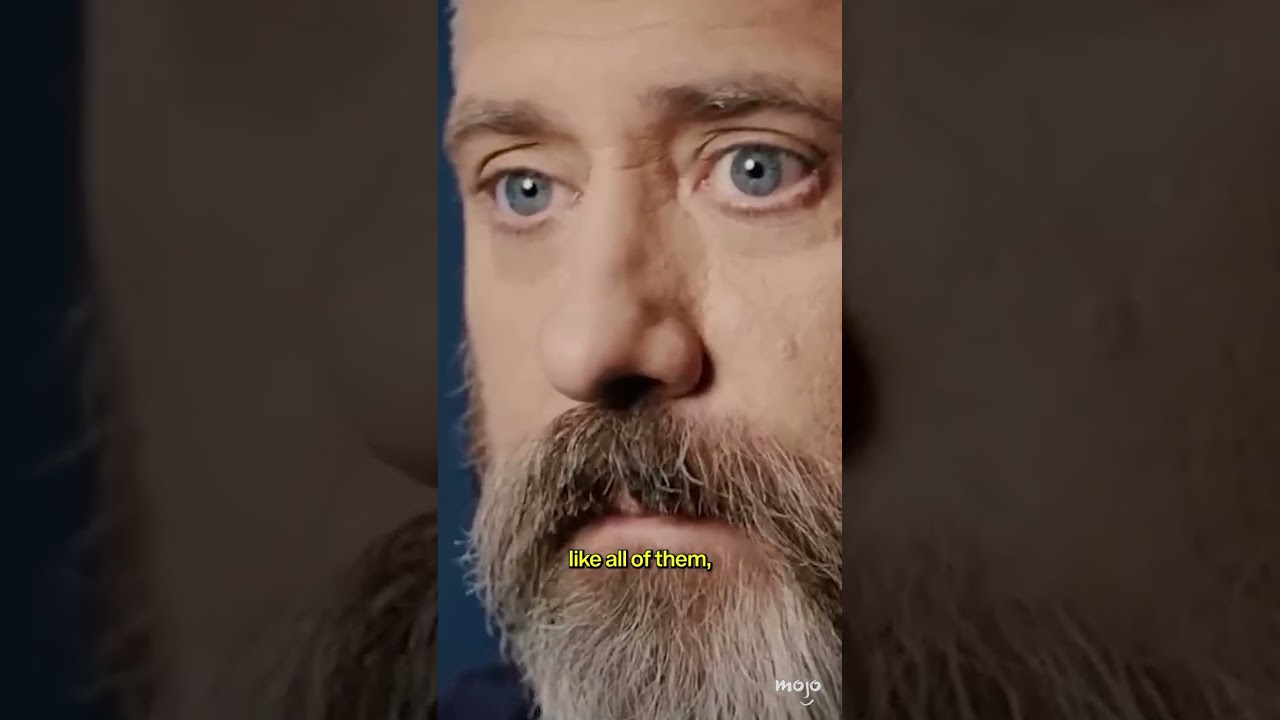
Voices from the Other Side
Corbell’s documentaries often feature voices that many of us wouldn’t typically hear. He’s known for showcasing whistleblowers, military personnel, and scientists discussing shocking revelations. It reminds me of the captivating narratives found in Suits season 10, where every episode reveals layers and twists in legal drama. With each story Corbell unearths, we’re pulled deeper into a narrative that is hard to ignore. If you’re wondering how to document your own conversations for privacy, or maybe just to capture moments of intrigue, check out how to record phone calls on iPhone.
The Power of Storytelling
Beyond the investigative prowess, Corbell’s storytelling often integrates cultural icons and references—think Shari belafontes memorable roles in dramas that resonate with many viewers. Just as Corbell captures the imagination about extraterrestrial life, these artistic endeavors remind us of the vital role of storytelling in shaping perceptions of reality. It’s fascinating how a close-knit group of filmmakers and storytellers can provoke thought, spark curiosity, and sometimes even inspire change, similar to how the Baltimore Ravens running Backs strive for greatness on the field.
Corbell’s ability to slice through the noise makes him a force to be reckoned with. Much like the band Three Doors Down connects with fans through emotive lyrics, he connects audiences with challenging questions about our universe. If you dig deep enough, the revelations he presents might just lead you towards an expanded understanding of not only our world but also the cosmos in which we dwell. So strap in, because with Jeremy Corbell at the helm, the journey into the unknown promises to be anything but dull!
